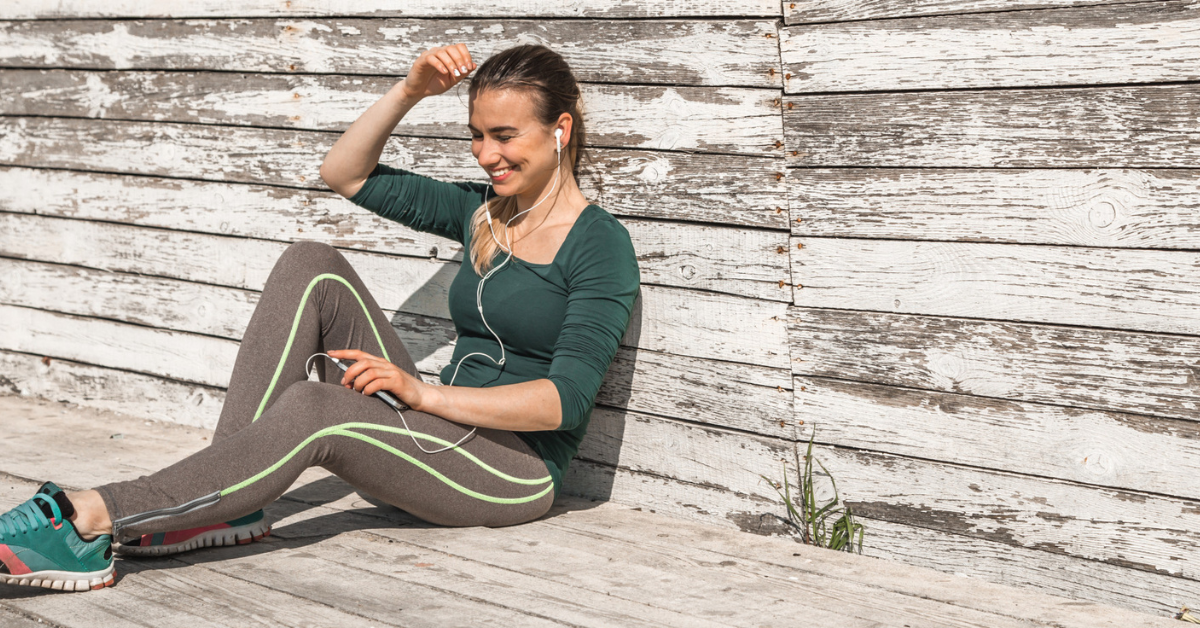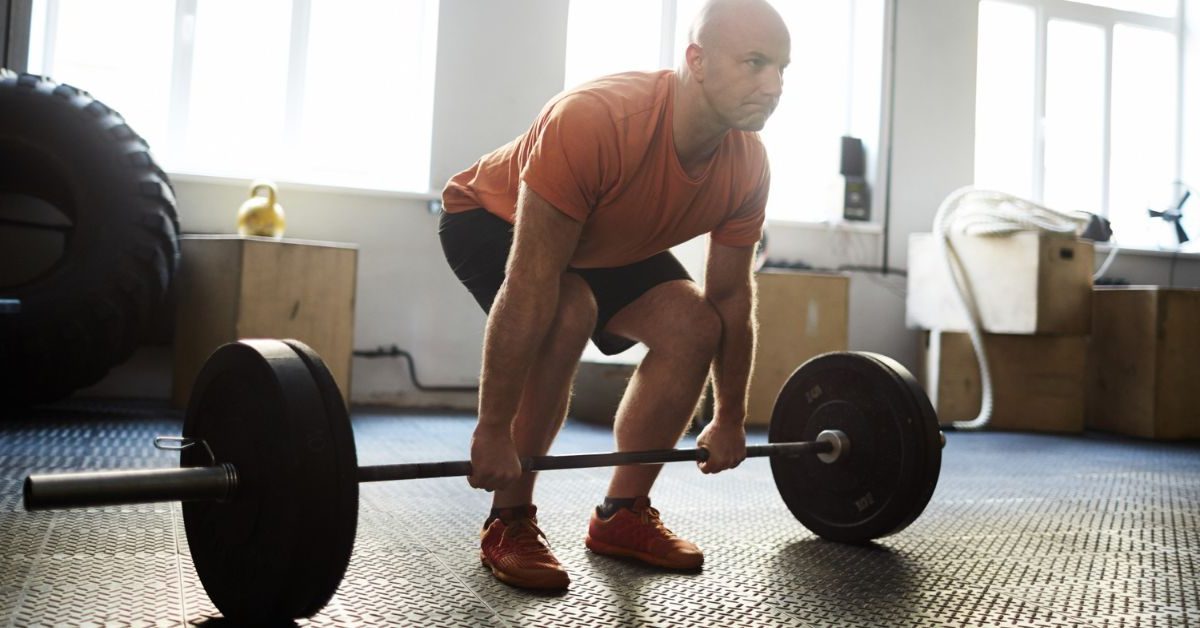
10 Best Deadlift Variations For Muscle Building
Deadlifts are a fundamental exercise in strength training, renowned for their ability to build power and muscle. Incorporating deadlift variations into your routine can enhance your workout by targeting different muscle groups. These variations prevent plateaus, improve flexibility, and reduce the risk of injury, making your strength training more effective and dynamic.
In this article, we’ll explore several effective deadlift variations. Each variation offers unique benefits, allowing you to tailor your training to your specific goals. We’ll cover conventional deadlifts, sumo deadlifts, Romanian deadlifts, and more. Whether you’re a beginner or an advanced lifter, there’s a variation for you. Let’s dive in.
Benefits of Deadlifts
Deadlifts are effective for building overall strength and muscle mass. They engage multiple muscle groups simultaneously. Here are some key benefits of incorporating deadlifts into your workout routine:
1. Full-Body Workout
Deadlifts target major muscle groups like the glutes, hamstrings, and quads. They also work the lower back, traps, and forearms. This makes them a comprehensive exercise for building muscle and strength. The compound nature ensures efficient workouts.
2. Improved Posture and Stability
Performing deadlifts with proper form enhances your posture. They strengthen muscles along your spine and core. Deadlifts improve stability and balance. This is achieved by working muscles that support your spine and core.
3. Enhanced Functional Strength
Deadlifts mimic real-life movements, like lifting heavy objects. By training these movements, you improve functional strength. This makes daily tasks easier and reduces injury risk. Functional strength translates to better physical performance.
4. Increased Hormonal Response
Deadlifts stimulate important hormones like testosterone and growth hormone. These hormones are crucial for muscle growth and recovery. The high intensity and full-body nature of deadlifts trigger a strong hormonal response.
5. Boosted Metabolism
Deadlifts engage large muscle groups, requiring substantial energy. This can help boost your metabolism. An increased metabolic rate aids in fat loss. It also improves your body’s efficiency in burning calories.
6. Core Strength Development
Deadlifts are excellent for building core strength. They require significant engagement of abdominal and lower back muscles. A strong core is essential for almost every physical activity. It helps prevent injuries by supporting your spine.
7. Versatility and Adaptability
Many deadlift variations target different muscle groups. They can address specific training goals. Whether you want to increase muscle mass, improve strength, or enhance athletic performance, there’s a variation for you. This versatility makes deadlifts valuable in any workout program.
10 Best Deadlift Variations
Different variations of deadlift target different muscle groups and emphasize different aspects of strength. You can adjust the movement to suit your goals by changing your grip or stance. Maintaining variety and challenge in your workouts prevents plateaus, reduces injuries, and keeps you challenged.
1. Conventional Deadlift
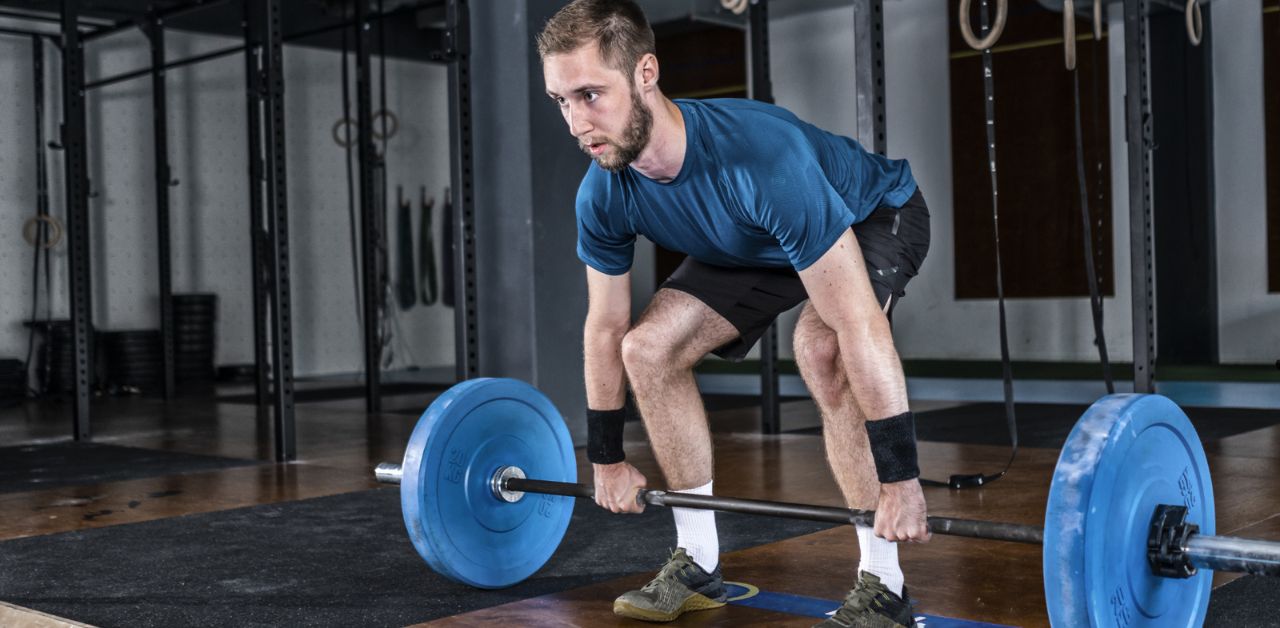
The conventional deadlift is the most well-known variations and is essential for building overall strength. It primarily targets the posterior chain, including the hamstrings, glutes, and lower back. This variation is excellent for developing functional strength and improving posture. It’s a fundamental movement in strength training, helping lifters increase power and muscle mass.
How to Perform the Conventional Deadlift:
- Stand with your feet shoulder-width apart and the barbell over the middle of your feet.
- Bend at the hips and knees to grip the bar with your hands just outside your knees.
- Keep your back flat and chest lifted, maintaining a neutral spine.
- Push through your heels, extend your hips and knees, and lift the barbell.
- Lower the bar back to the ground with control, maintaining your posture.
2. Sumo Deadlift
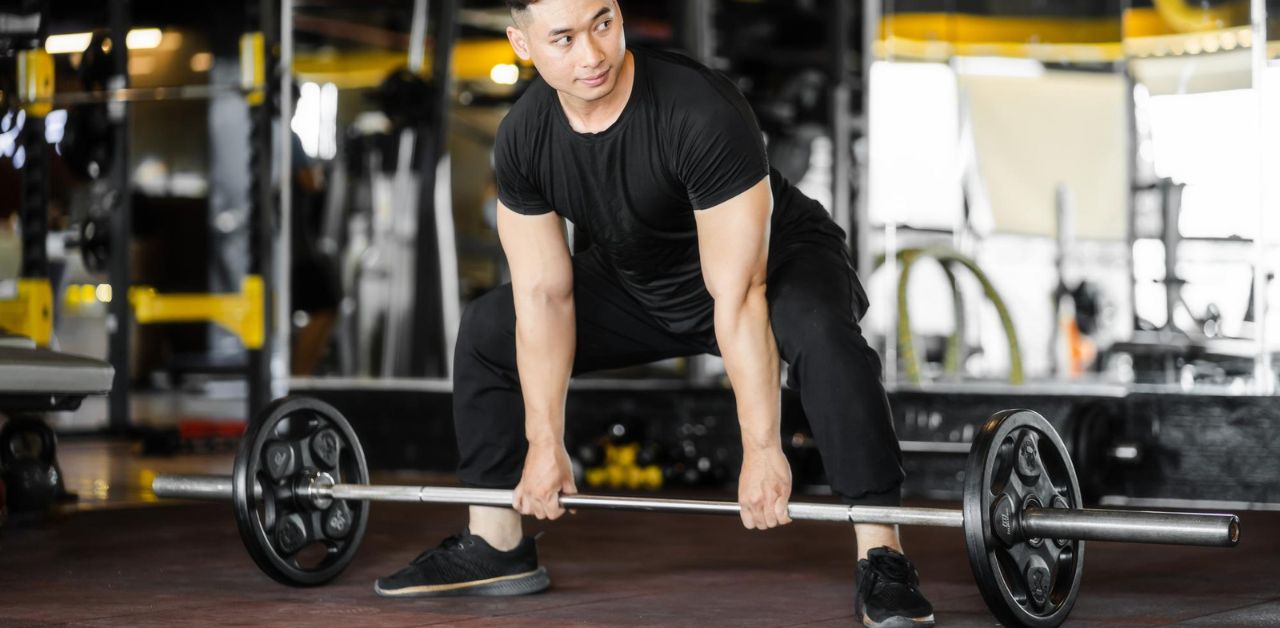
The sumo deadlift is a variation that uses a wider stance, placing more emphasis on the hips, glutes, and quads. This position helps reduce stress on the lower back, making it ideal for lifters with longer legs or those looking to target the lower body more effectively. The sumo deadlift is a great alternative for improving strength and power while increasing stability.
How to Perform the Sumo Deadlift:
- Stand with your feet wider than shoulder-width apart, toes pointed outward at about 45 degrees.
- Grip the barbell with your hands inside your knees, keeping your arms vertical.
- Lower your hips, keeping your back straight and chest up.
- Push through your heels, extending your hips and knees to lift the barbell.
- Lower the bar back to the ground with control, maintaining a stable stance.
3. Romanian Deadlift (RDL)
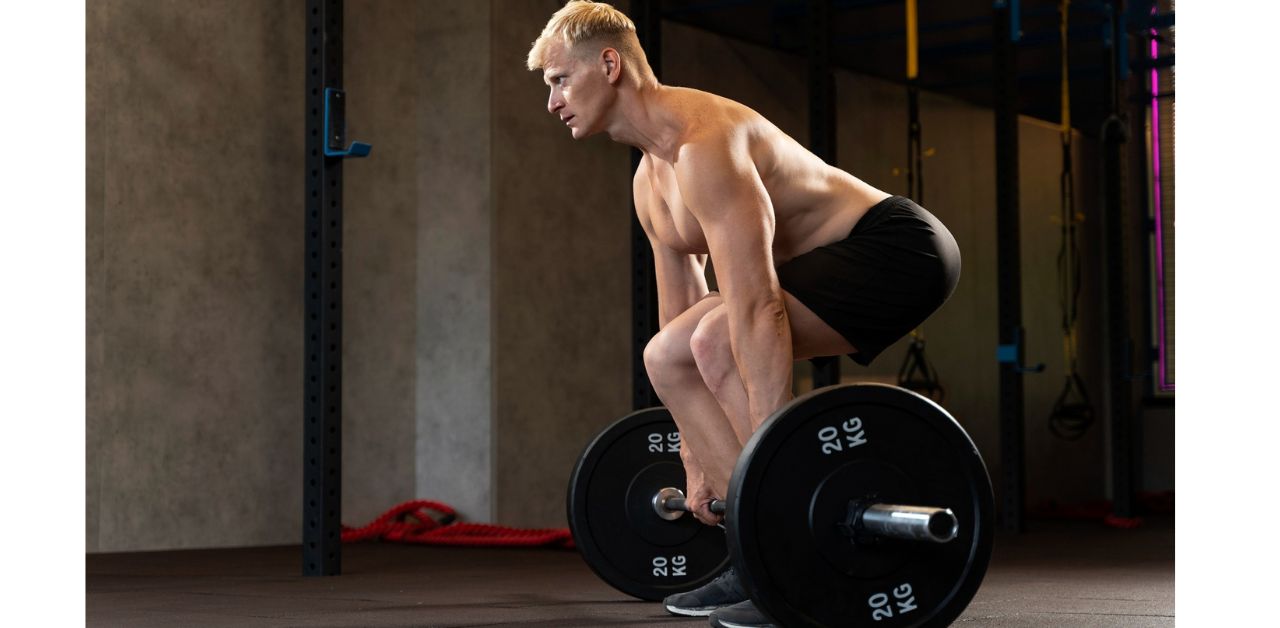
The Romanian Deadlift (RDL) is a variation that focuses on the hamstrings, glutes, and lower back. Unlike the conventional deadlift, the RDL starts from a standing position and involves a hip-hinge movement. It’s an excellent exercise for increasing hamstring flexibility and strength, making it ideal for improving posterior chain development and mobility.
How to Perform the Romanian Deadlift:
- Stand with your feet hip-width apart and a slight bend in your knees.
- Grip the barbell with your hands just outside your thighs, keeping your arms straight.
- Hinge at your hips, lowering the barbell down your legs while keeping your back flat and chest lifted.
- Lower the bar to just below the knees or mid-shin, feeling a stretch in your hamstrings.
- Reverse the motion by driving your hips forward, and returning to the starting position.
4. Trap Bar Deadlift (Hex Bar Deadlift)
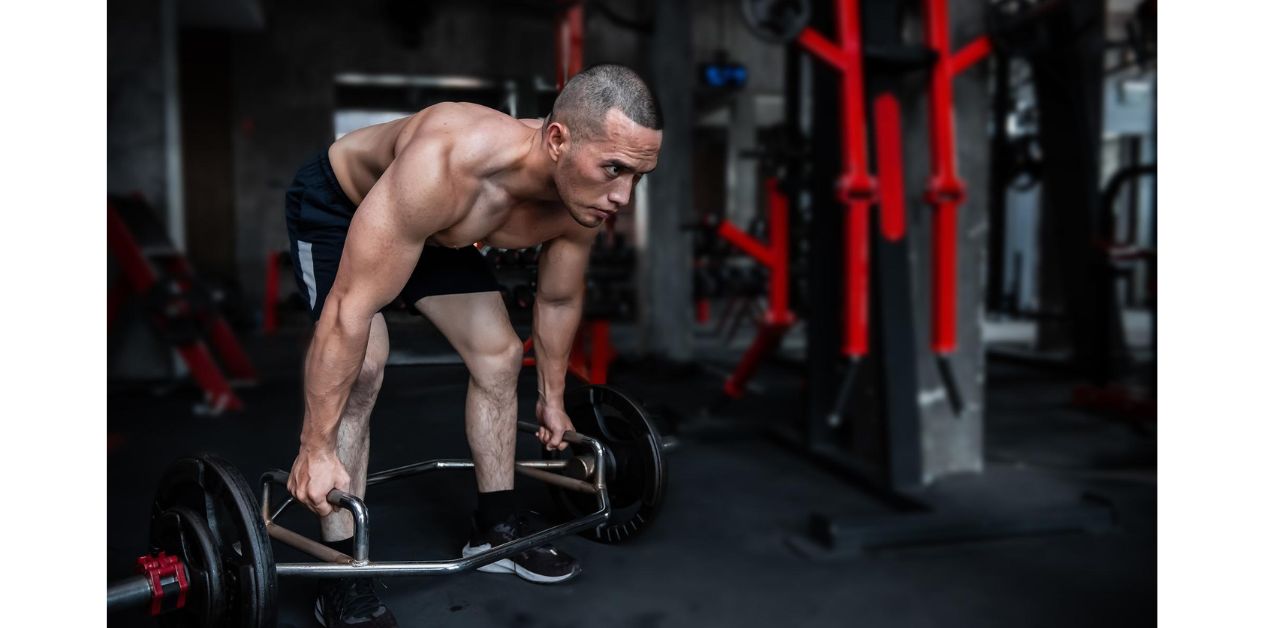
The trap bar deadlift, also known as the hex bar deadlift, is performed using a special barbell shaped like a hexagon. This variation places the lifter in a more upright position, reducing stress on the lower back and knees. It’s a great option for beginners or those with back issues while still providing excellent strength development for the legs, glutes, and traps.
How to Perform the Trap Bar Deadlift:
- Stand inside the trap bar with your feet shoulder-width apart.
- Bend at the hips and knees to grip the handles, keeping your back flat and chest up.
- Lift the bar by driving through your heels, extending your hips and knees simultaneously.
- Keep the bar close to your body as you stand tall, fully extending your legs and hips.
- Lower the bar with control by hinging at your hips, then bending your knees to return to the starting position.
5. Stiff-Leg Deadlift

The stiff-leg deadlift is a variation that places a greater emphasis on the hamstrings and lower back. Unlike the Romanian deadlift, the knees are kept straighter throughout the movement, increasing the stretch on the hamstrings. This variation is ideal for targeting the posterior chain and improving flexibility and strength in the hamstrings.
How to Perform the Stiff-Leg Deadlift:
- Stand with your feet hip-width apart and a slight bend in your knees.
- Grip the barbell with your hands just outside your thighs, keeping your arms straight.
- Hinge at your hips, lowering the barbell while keeping your knees relatively straight.
- Lower the bar down your legs, maintaining a flat back and feeling a stretch in your hamstrings.
- Reverse the movement by driving your hips forward to return to the starting position.
6. Snatch-Grip Deadlift
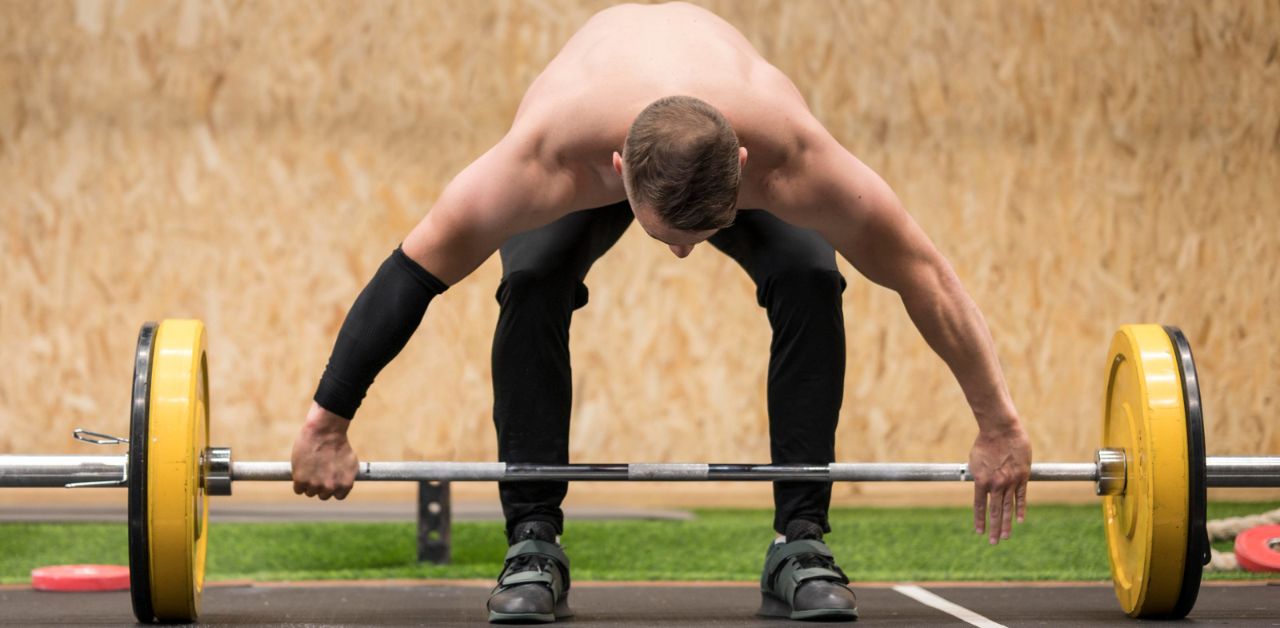
The snatch-grip deadlift is a variation that uses a wider grip, similar to the one used in the Olympic snatch lift. This wider grip forces the lifter to lower their hips more, increasing the range of motion. It targets the upper back, traps, and hamstrings more intensely and is great for building strength and power while improving flexibility and mobility.
How to Perform the Snatch-Grip Deadlift:
- Stand with your feet shoulder-width apart and the barbell over the middle of your feet.
- Grip the bar with a wide stance, hands positioned well outside your legs, using an overhand grip.
- Lower your hips, keeping your chest up and back flat.
- Push through your heels, and extend your hips and knees to lift the barbell.
- Lower the bar back down in a controlled manner, maintaining a stable posture throughout the movement.
7. Deficit Deadlift

The deficit deadlift is performed by standing on an elevated surface, such as a weight plate, which increases the range of motion. This variation emphasizes the hamstrings and lower back while helping to improve the starting position of the lift. It’s an effective choice for lifters looking to enhance their strength from the floor and overcome sticking points.
How to Perform the Deficit Deadlift:
- Stand on an elevated surface, such as a 1-4 inch plate, with your feet shoulder-width apart.
- Grip the barbell with your hands just outside your knees, keeping your back flat and chest up.
- Lower your hips and ensure your spine remains neutral.
- Push through your heels, and extend your hips and knees to lift the barbell from the ground.
- Lower the bar back to the ground with control, maintaining your posture throughout the movement.
8. Rack Pulls
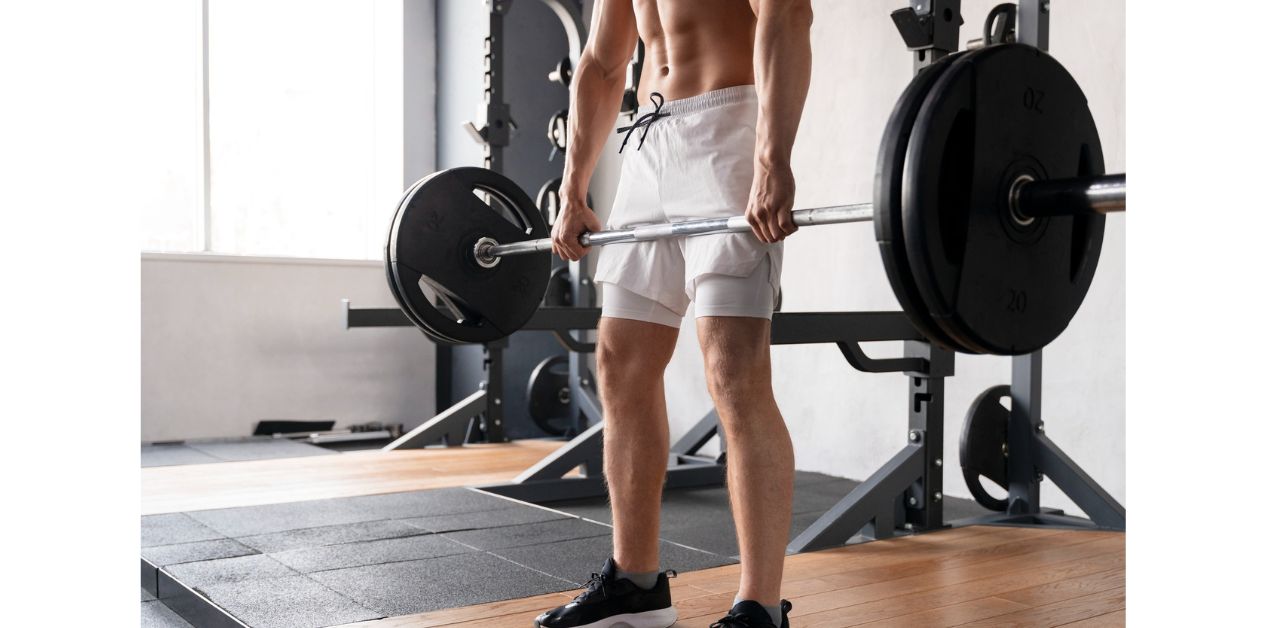
Rack pulls are a partial deadlift variation where the barbell is set on a rack or blocks, typically above the knee. This movement targets the top portion of the deadlift, focusing on the back, traps, and glutes. It is excellent for building lockout strength and overcoming weak points in the upper portion of the lift.
How to Perform Rack Pulls:
- Set the barbell on a rack or blocks just above your knees.
- Stand with your feet shoulder-width apart, and grip the bar with your hands just outside your legs.
- Keep your back flat, chest up, and shoulders back.
- Drive through your heels, extending your hips and knees to lift the barbell.
- Lower the bar back down with control, keeping your posture steady throughout the movement.
9. Kettlebell Deadlift
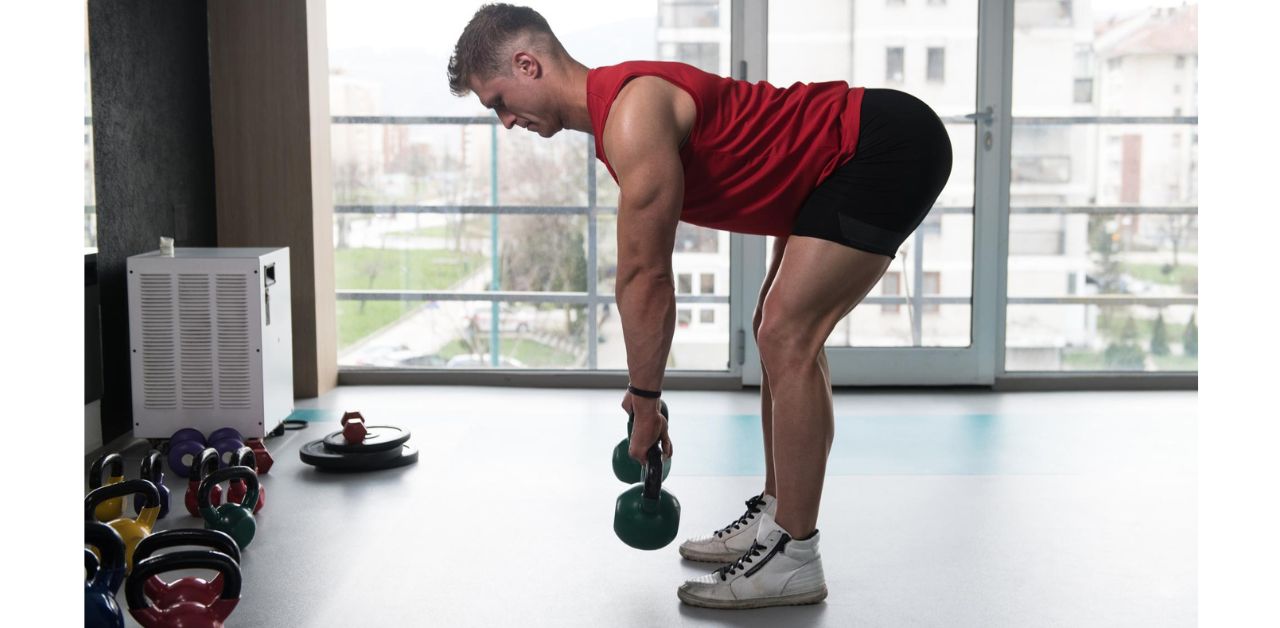
The kettlebell deadlift is a variation that uses a kettlebell instead of a barbell. It is great for beginners or those looking for a lighter, more dynamic option. This exercise focuses on the hamstrings, glutes, and lower back while improving grip strength and core stability. The kettlebell’s unique shape also encourages proper hip hinge mechanics.
How to Perform the Kettlebell Deadlift:
- Stand with your feet shoulder-width apart, with the kettlebell placed between your feet.
- Hinge at your hips and grip the kettlebell handle with both hands.
- Keep your back flat, chest lifted, and shoulders pulled back.
- Push through your heels, extend your hips and knees, and lift the kettlebell.
- Lower the kettlebell back to the ground with control, maintaining a neutral spine throughout.
10. Barbell Deadlift

The barbell deadlift is the most traditional form of deadlift, and it is widely regarded as the king of strength exercises. It targets the entire posterior chain, including the hamstrings, glutes, lower back, and traps. This variation builds overall strength and is essential for improving posture and functional fitness.
How to Perform the Barbell Deadlift:
- Stand with your feet hip-width apart and the barbell over the middle of your feet.
- Grip the bar with your hands just outside your knees, using an overhand or mixed grip.
- Lower your hips, keeping your back straight and chest up.
- Push through your heels, and extend your hips and knees to lift the barbell.
- Lower the bar with control, keeping your spine neutral and knees slightly bent.
Which Deadlift Variation is Best?
The best deadlift variations depend on your individual goals, experience level, and specific needs. Here are some general guidelines to help you choose:
- For overall strength: The conventional deadlift is ideal as it targets the entire posterior chain, including the glutes, hamstrings, and lower back.
- For leg and hip development: The sumo deadlift places more emphasis on the quads and hips, making it great for building lower body strength.
- For hamstring and posterior chain focus: The Romanian deadlift (RDL) is excellent for improving hamstring flexibility and strength.
- For beginners: The trap bar deadlift offers a more upright posture and reduced stress on the lower back, making it easier to perform safely.
- For improving lockout strength: Rack pulls are effective for focusing on the top portion of the lift.
Read More: Push Pull Legs Workout Routine: A Complete Guide
Conclusion
Deadlift variations are essential for building strength, power, and muscle while targeting different muscle groups. Whether you’re looking to improve hamstring flexibility, lockout strength, or overall posterior chain development, every goal has a variation. Incorporating different deadlifts into your routine can help prevent plateaus and diversify your training. Experiment with these variations to find the ones that work best for you, and always prioritize proper form to maximize benefits and reduce injury risk.

